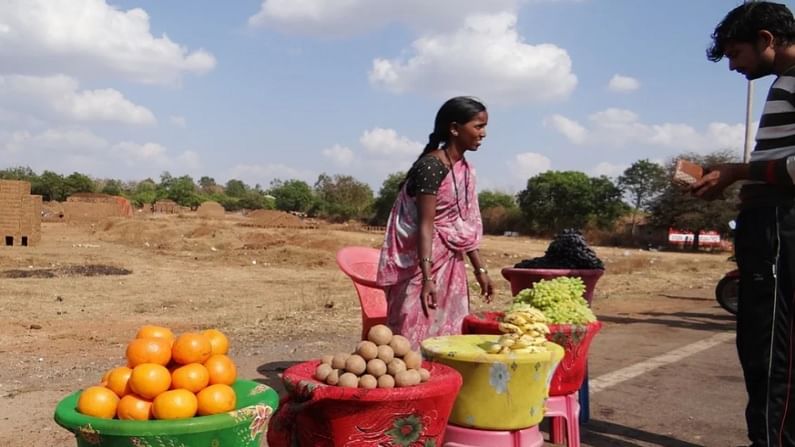Retail inflation numbers reflect an interesting trend
The latest SBI Ecowrap report notes that the decline in June inflation print reveals an across-the-board decline in sequential momentum

The consumer price index (CPI) inflation moderated marginally to 6.26% in June 2021 from 6.30% in May 2021. Core also moderated to 6.16%. The headline inflation was much lower than market expectations and surprised pleasantly on the downside. Food items, especially protein items, oils, and fats are still exhibiting an increase in prices in contrast with the global trend. The Food and Agriculture Organization (FAO) food price index averaged 124.6 points in June, down 2.5% from May this year. The decline in June marked the first drop in the index following 12 consecutive monthly increases and was brought about by the decline in prices of vegetable oils, cereals and, dairy products.
The decline in June inflation shows an across-the-board decline in sequential momentum. Items in the core basket having disproportionately larger weights that had exhibited a significant jump in prices in May are now back to the trend path. Most items in food and non-food have registered a de-growth in June.
According to the SBI Ecowrap report, this raises the broader question of whether the May inflation was a data aberration given that most of the country was under the grip of a lockdown in May. This is all the more possible as core inflation in May has undergone a large downward revision.
Fuel inflation
Coming to the other major component fuel, between May 2021 and June 2021, the international crude prices went up by $6/bbl. The future outlook hinges on the production increase by OPEC+. The recently cancelled meeting of OPEC+ indicates that we are headed towards elevated levels in brent and this will have a cascading impact on fuel inflation in India. The SBI report suggests that for every 10% increase in petrol pump prices (Mumbai), there is a 50 bps increase in CPI.
As consumers are spending more on fuel, it is crowding out expenses on health. SBI’s analysis indicates that spend on non-discretionary health expenditure has been substantially reduced to accommodate increased expenditure on fuel. In fact, such spending has more than crowded out the spending on other non-discretionary items, like grocery and utility services to such an extent that the demand for such products has significantly declined. The share of non-discretionary spend on items like fuel has jumped to 75% in June 2021 from 62% in March 2021.
Household savings comes down
According to preliminary estimates by RBI, the household financial savings rate in the third quarter (Q3) of FY21 has come down to 8.2% of GDP from 21.0% and 10.4% in the previous two quarters. The savings rate in the US has gone to 34% of GDP in April 2021 from 8.0% in December 2019. The estimate indicates that during the second wave period (Jun’21 over Mar’21) the number of districts with deposits outflows might be double than the first wave.